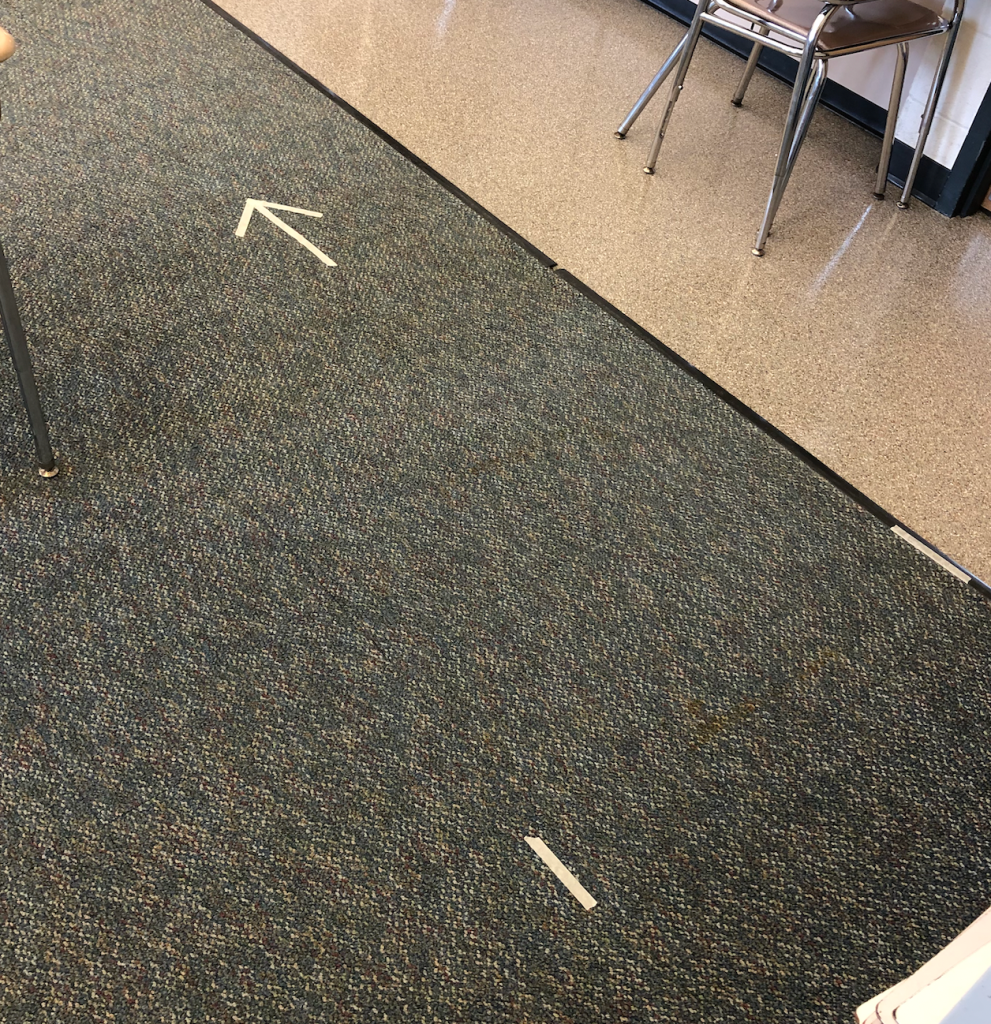For most of the year my school has been following a hybrid AM/PM model. Half of my classes attend in the morning and the other half in the afternoon. Some student are in-person and others (about 25%) are elearners, but all attend the same class Zoom session together. In the morning I have three math classes that are about 40 minutes each and then I repeat the process with a new group in the afternoon. My largest class is about 14 students since it’s split in half. While not ideal, this model has led to some positive outcomes and I’m glad that district moved in that direction. A few observations:
Since there are less students in the sessions I find it much easier to discuss topics as an entire class. Guided group discussions take on more meaning as students have more opportunities to ask/answer impromptu questions. Students are able to social distance at an optimal levels because there are less students in the school. There isn’t a lunch period so families and staff feel safer regarding virus transmission opportunities.
I’ve also noticed that the class has had a community element, but is not the actual entire class. Since half is in the morning and the other half in the afternoon, students aren’t able to get to know their classmates as well as before the pandemic Some of their friends that they saw last year aren’t in their session. Also, math time is limited to 40 minutes, which means something has to unfortunately be cut. This year that cut is taking the form of students working together in groups
Starting tomorrow the model will shift. Boom. Instead of having an AM/PM class, I’ll see my entire class for a full 60 minutes – that’s 20 additional bonus minutes. Approximately 25% of my students are still elearners so they’ll join-in along with the rest of the class in Zoom. You heard it right, all of my classes and students will be in Zoom. I’ll be modifying the model from earlier in the year. I’m planning on incorporating more student group work with that present of time. I feel that component has been one of many important elements that have been missing with the hybrid model. Along with the extra students comes a re-emphasis on social distancing and routines as students will be in school for the entire day. This is a significant change as lunch, recess and hallway congestion all become more of an issue. The thing that will be immediately noticeable for students is the increase in the number of desks in the classroom and probably the amount of tables/desks needed to eat lunch with social distancing.
New protocols related to recess, social distancing, shared materials, and lunch will need to be communicated to students. Technology and chargers will need to be brought to class and students will have music, art, and PE in-person in the classroom and outside if weather permits. Just writing the last few sentences brought a slight smile to my face.
Even though the last few days have been used for planning, I’m finding that there’s a sense of anxiety that’s permeating the air. Usually that’s reserved for the first day of school. In a certain context it’s like teachers are starting a new school year. Norms and community building will be forefront as students start getting used being in-person again, although a change in expectations may be needed as school is much different compared to what we left last March.
I’m looking forward to this seven week adventure. After that we can close out the infamous 2020-21 school year.
